All About Spices
The history of spices is the history of humankind itself, with empires rising and falling based on the trade of exotic spices from distant lands, their exotic allure changing and shaping the very foundations of our society. Let’s not forget that when Christopher Columbus set sail for the Indies (following the unorthodox notion of getting there faster by heading in exactly the wrong direction), he was searching for pepper. Not gold or jewels, but pepper and other spices. He never found the passage to the Indies he was hoping for, and he never found the pepper he was searching for, but the world was changed forever because of our passion for strange new flavours from faraway places.
The proper place to begin just about any protracted and bombastic examination of any subject, it seems to me, is to attempt to define the subject in question. In this case, the subject is spices, as in “herbs and spices.” Unfortunately, no one seems to be able to agree on precise definitions for either of these terms, even though we all know what they mean… sort of. Due to this shameful and nearly universal lack of consensus, I have decided to use definitions of my own device. When you are a big famous food writer like me you can make up your own definitions too.
In an earlier, highly acclaimed article I wrote entitled All About Herbs I defined a culinary herb as a plant whose leaves or stems are used to flavor foods. This is a much more narrow definition than that employed by other self-appointed gastronomic pundits, but that’s their problem. The reason I defined herbs in such narrow terms was because I knew that someday I would be writing this article and someone was bound to ask me, “Hey Cheffie, just what the heck is a spice, anyway?” My answer? Simple. A spice is a part of a plant other than the leaves or stems that is used to flavor foods.
See how I covered all the bases there? Herbs and spices are divided into two teams: the herbs get the leaves and stems of plants, and the spices get everything else. No part of any plant is left out. Pretty cool, eh?
Anyway, I have come up with a list of over 60 spices, some of them as common as ordinary, everyday pepper, and others so exotic that you might think that I’m making this stuff up. I’m not. We’ll look at spices that are the seeds and dried fruits of various plants. We’ll see the bark, roots, rhizomes, bulbs, and tubers of other plants used in cooking around the world. Then there are the flower buds, unripe fruits, berries, seed pods, stigmas, and even the resin of certain plants, all of which have been flavouring our foods for millennia. We’ll see plant parts that are dried, crushed, ground, fermented, chopped, pickled, salted, brined, and roasted. There’s even this weird thing called an aril that comes into play. Let’s get started.
Storing and Preparing Spices
Now that we have that nasty business of defining spices behind us, let’s take a look at storing and preparing spices, or as I like to think of it, “Getting the Most Out of Your Spices.”
As a general rule, spices have a shelf life of a year or more in their unground, uncrushed, unprocessed form, and an effective shelf life of about a month once they have been ground, crushed, or otherwise processed before use. The message here is clear: buy whole, unprocessed spices whenever possible. A cinnamon stick will retain its freshness far longer than ground cinnamon, and whole cumin seeds will last a whole lot longer than ground cumin seed, and a whole nutmeg will last almost indefinitely, yet it begins to lose its flavor the second it is ground. Buy whole, buy in small quantities, and buy often for best flavor.
Store your whole spices in airtight containers, and preferably in opaque airtight containers. Small metal or dark glass containers with tight-fitting lids are ideal. Clear plastic bags and deli-style plastic lidded containers are far from ideal because many of the volatile oils in spices are sensitive to sunlight, and the thin plastic does little to prevent the escape of those flavor components. The shelf life of all spices can be extended if you store them in the refrigerator, and they will remain fresh almost indefinitely if stored frozen.
There are two basic procedures for getting the most flavor from whole spices: heating and grinding. With very few exceptions (which we will touch on in the Dictionary of Spices), the flavor of spices is improved by heating them. They can be dry-roasted in a skillet, oven, or microwave, or they can be lightly fried in oil to release the essential oils that contribute to the unique flavor of every spice. This heating can be just a gentle toasting or a sizzling hot scorching that literally makes some of the spices pop and explode—just follow the directions in the recipe you are using.
Whole spices may be ground to further enhance their flavor, and this process releases huge amounts of flavor whether they have been heated or not. The grinding may take place either before or after they have been heated, depending on the recipe. I recommend you add a small, inexpensive coffee grinder to your kitchen arsenal, and that you use it exclusively for grinding spices.
The Dictionary of Spices

Achiote – Also called annatto, achiote is the dried seeds of a small tree (Bixa orellana) native to tropical South America. Although the seeds have a faint, peppery flavor with a hint of bitterness when used in large quantities, it is most often used for the orange-red color it imparts to foods. The seeds are usually soaked in water or other liquid, or fried in oil, and discarded in order to obtain a colored liquid which can then be used to color stocks, stews, and rice. It is widely used throughout Latin America, the Caribbean, and parts of Southeast Asia. Commercially, achiote is used as a coloring agent in butter, smoked fish, cheese, and cosmetics.
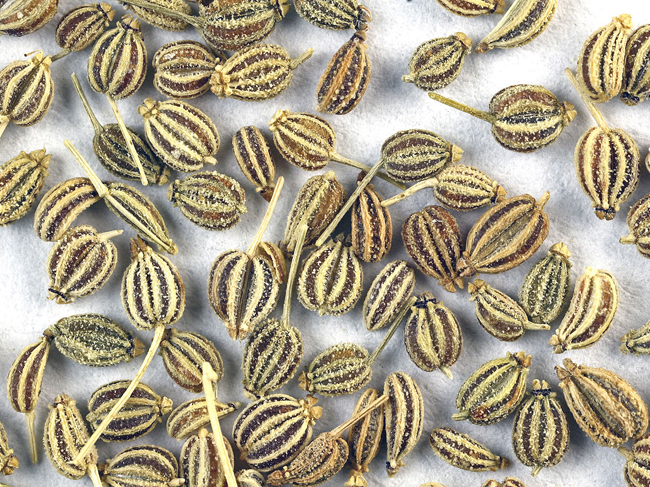
Ajowan – The seeds of Trachyspermumn ammi, a small annual umbellifer closely related to caraway and cumin and native to India and the Middle East. It has an extremely strong flavor of thyme which, unless used in moderation, will provide a bitter taste. Whole seeds may be bought in Indian specialty shops and should be ground immediately before cooking. It is used in many breads, pastries, and fried snacks throughout India, Pakistan, and as far west as Ethiopia.
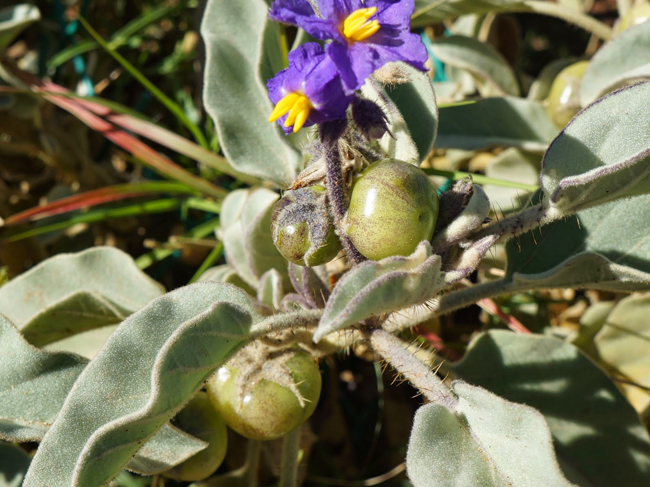
Akudjura – Also known to Australians as bush tomatoes, the dried fruits of several members of the Solanum species grow wild in the desserts of western and central Australia. They have a flavor that some have likened to sun-dried tomatoes with undertones of chocolate and caramel. Available as whole dried fruits about the size of a grape which must be soaked prior to using, or in a dry powdered form, its popularity has been growing for decades in Australia and is not generally available elsewhere.
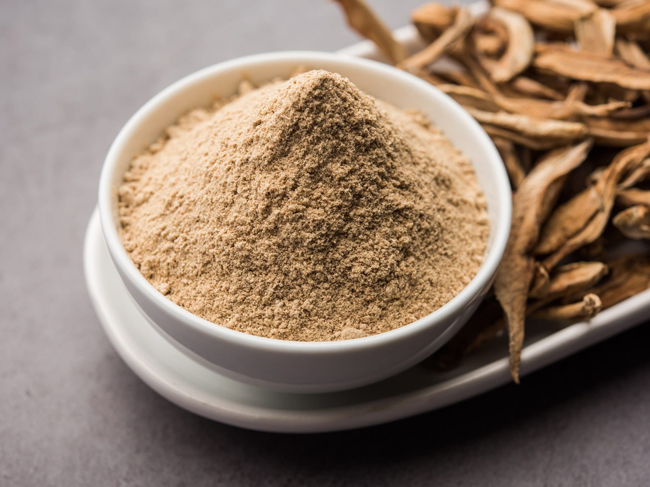
Amchoor – In India, the dried fruit of the evergreen Mangifera indica (which the rest of the world knows as the mango tree) is used give a tart tang to many dishes including stews, fillings, and tandoori meats. Only unripe mangoes are used for this purpose, and the dried fruit is available both in sliced and powdered form. It is available in Indian specialty shops where it may be labeled “mango powder,” a direct translation of the Hindi name “am-choor.” A single teaspoon of amchoor provides the equivalent acidity of three tablespoons of lemon juice.
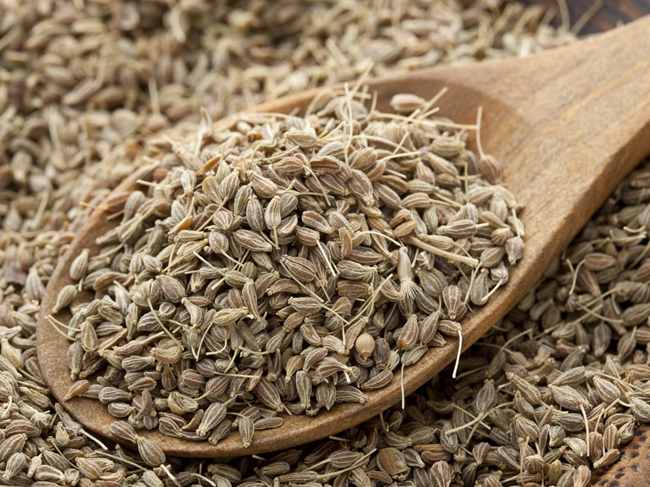
Anise – The seeds of Pimpinella anisum, a relative of caraway, cumin, and dill native to the eastern Mediterranean and Middle East. The ancient Romans believed anise seed to have medicinal properties so it was added to cakes served at the end of a meal to aid in digestion, and it is still used primarily in baked goods and sweets where its licorice-like flavor is always welcome. The seeds, which will retain their flavor for at least two years if stored properly, are similar yet milder in flavor to fennel and star anise.

Asafoetida – The dried resinous gum of several types of giant fennel (genus Ferula), asafetida is available either in small pieces called “tears,” “lumps” which have been processed into larger, uniform pieces, and in powdered form. It has a strong bitter, musky, acrid, and frankly unpleasant odor, but when fried briefly in hot oil it lends a much more appealing onion-like flavor. It is used primarily in Indian cooking and is particularly appreciated among the Brahmin and Jain sects whose beliefs forbid the use of garlic and onions.
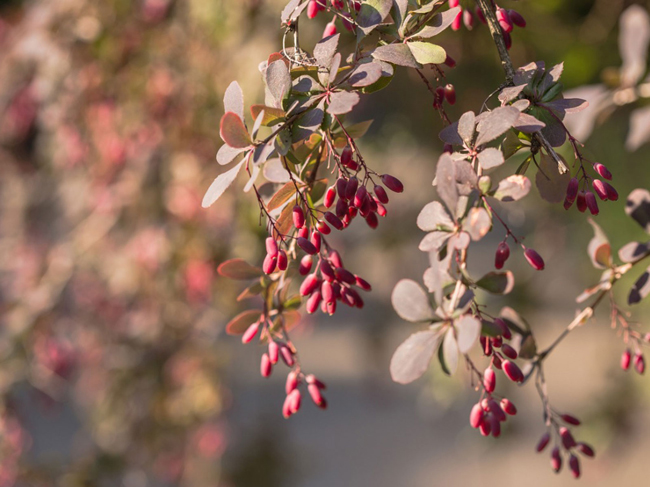
Barberry – The berries of several members of the Berberis and Mahonia genera, they have a pleasantly acidic flavor reminiscent of tart currants. The red berries of the Berberis genus are used to flavor pilafs, stuffings, stews, and meats in central Asia and Iran, and in India the dried berries are added to desserts. They are also used fresh in meat and seafood dishes where their tartness is akin to lemon juice. The dark blue berries of Oregon grape (Mahonia aquifolium) can be used the same way.

Black Cardamom – The seeds of several species of the Amomum and Aframomum genera are sometimes sold as a cheap substitute for green cardamom, although they play a distinct role in the cuisine of the Himalayan region. The seeds may be used ground, whole, or encased in the woody pods in which they grow. They impart an astringent, earthy flavor and are used in just about every type of dish, from meats to pickles to confectionery. Black cardamom is one of the essential spices in garam masala, one of India’s most widely used spice mixtures.
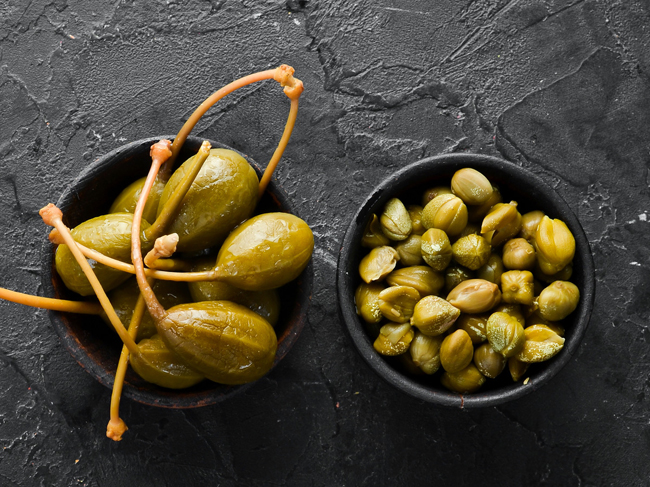
Capers – The unopened flower buds of several small Mediterranean shrubs of the Capparis genus. Usually sold pickled or salted, when rinsed they have a pungent flavor that comes from an oil called glycoside, which is also found in horseradish and wasabi. They are an important ingredient is many sauces, including tartar sauce, and are used in many seafood and poultry dishes in the Mediterranean region where they are often paired with olives. Major producers of capers are France, Italy, Spain, California, Cyprus, and Malta. Those grown in France are graded according to size, with nonpareils being the smallest and most desirable, and with capottes at the other end of the scale. Caper berries are the pickled unripe fruits of the same shrubs, and their flavor is more subtle than that of capers. Both may be eaten on their own and as an accompaniment to cold meats, cheeses, and smoked fish. They are best added to a dish towards the end cooking because prolonged exposure to heat can result in a bitter taste.
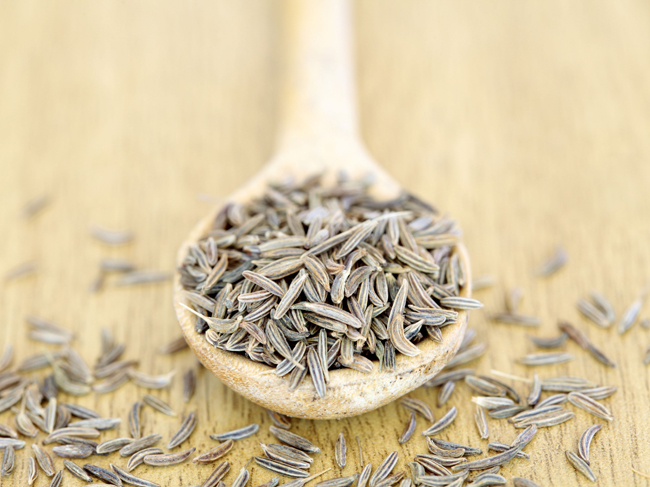
Caraway seeds – The dried seeds of Carum carvi have an unmistakable flavor all their own, which no doubt accounts for the widespread popularity of this spice. It is used in breads, crackers, cakes, sausages, soups, and stews all over Europe, North Africa, the Middle East, and India. It accounts for the characteristic flavor of pumpernickel bread, Hungarian goulash, Tunisian harissa, and Danish aquavit, and is often added to sauerkraut, cole slaw, and rye bread. Although it is available in ground form, it is most often found as whole seeds which will retain their flavor for at least six months if properly stored.
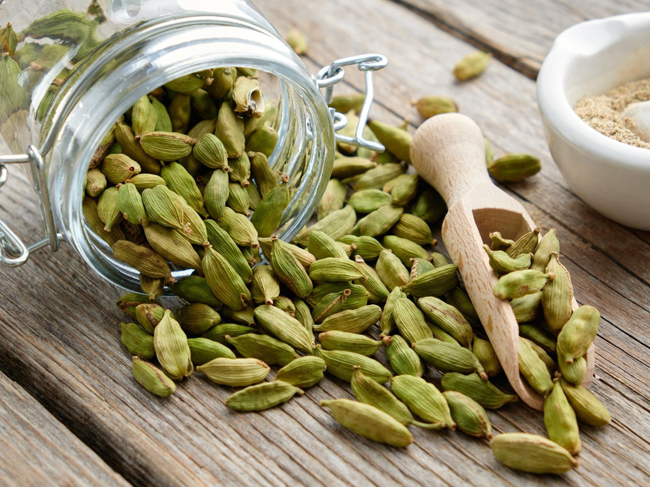
Cardamom – The seeds and seed pods of Elettaria cardamomum are sometimes called green cardamom in order to distinguish it from the closely related black cardamom. Native to southern India, it is now grown commercially in Sri Lanka, Tanzania, Vietnam, and Guatemala. It is used primarily in baked goods in Europe (especially Scandinavia), but in India, North Africa, and the Middle East it is equally at home in savory preparations. Indians also use it to flavor ice cream (kulfi) and tea, and Arabs use it to flavor coffee. Buy the whole green pods when possible; the white pods are merely bleached versions of the green pods, and loose seeds lose their flavor quickly. It is also available in ground form which usually includes the hulls, so for best results, buy the whole pods and grind the seeds yourself.

Cassia – The dried bark of the Cinnamomum cassia tree native to Southeast Asia, it is usually sold as cinnamon in the USA. In fact, this is such common practice that it is quite possible that most Americans have never tasted true cinnamon. It has a more pronounced flavor and aroma than true cinnamon, and the finest quality is grown in Vietnam. Sticks (aka quills) of dried bark are widely available, and since they are difficult to grind, a powdered form is available almost everywhere. The sticks will retain their flavor for over two years if stored in an airtight container, while the ground version will lose its potency in just a few months, so it is best to buy it in small quantities. It is used almost exclusively in sweets and baked goods in the West, but it can be found in almost any type of dish elsewhere. It is one of the essential ingredients in Chinese five-spice powder and in many traditional spice blends of India and the Middle East.
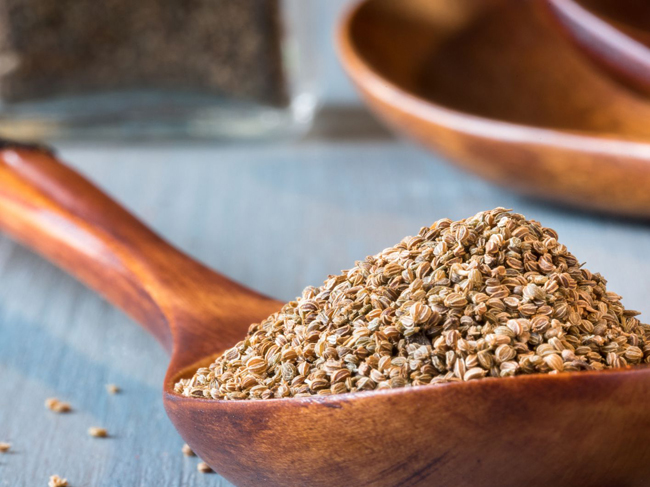
Celery seeds – The seeds of Apium graveolens have an intense celery flavor with overtones of citrus and parsley, and may leave a bitter, burning aftertaste if used indiscriminately. The seeds of lovage (Levisticum officinale), a closely related plant, are also often sold as celery seeds. They are widely used in Russia and Scandinavia where they are often added to soups, stews, and salad dressings, and in India they can frequently be found in curries. Try adding them to cole slaw, potato salad, and breads, but use them sparingly or their flavor will overpower the dish.
